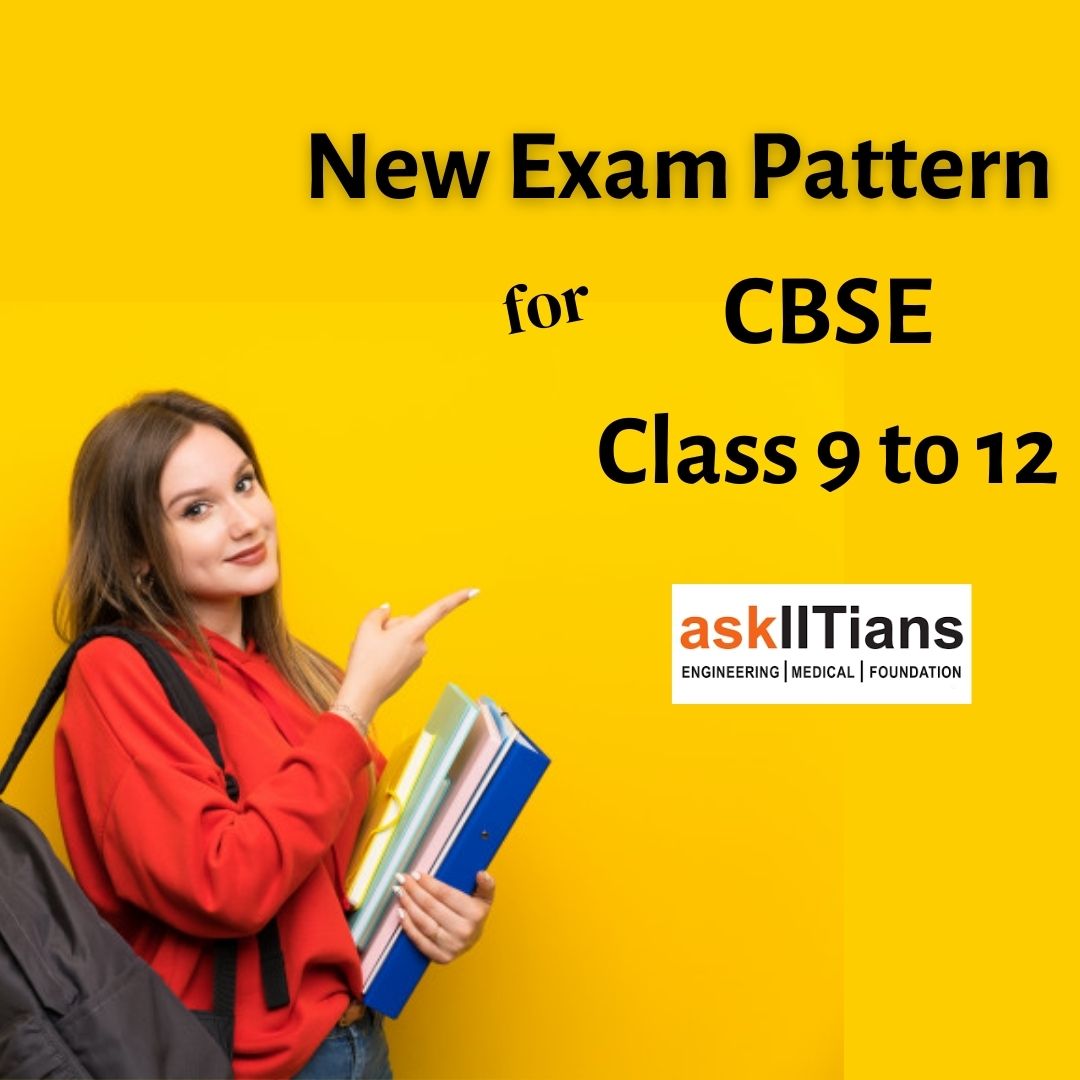
The Central Board of Secondary Education (CBSE) is making continuous efforts to enhance the education system for students. Recently, CBSE made a big update regarding the exam pattern for Class 9, 10, 11, 12 where more focus would be given to application-based questions. For every subject, the examination papers will now contain Competency-based Questions along with short answers and long answer questions. Let us see what that means and why this is good news for students.
Introduction of Competency-based Questions
The education ministry of India wants to promote application-based learning amongst the students. It has always been seen that students of our country have only one agenda in mind – to complete the CBSE syllabus as soon as possible and score higher marks, especially in Classes 9, 10, 11 & 12. As a result, little effort is put into whether the students can apply their knowledge in real-life scenarios or not.
So, a decision was made to include questions that can test their knowledge and skills. This set of questions are known as competency-based questions. These questions will test the problem-solving, analytical and critical thinking of the students.
A comparison of the new CBSE exam pattern with the old exam pattern
|
New Exam Pattern for CBSE Class 9 & CBSE Class 10 |
|
|
Exam pattern until 2020-21 |
Updated Exam Pattern for 2021-22 |
|
|
|
New Exam Pattern for CBSE Class 11 & CBSE Class 12 |
|
|
Exam pattern until 2020-21 |
Updated Exam Pattern for 2021-22 |
|
|
What does the new exam pattern indicate?
The new exam pattern discourages rote learning and promotes application-based learning. This means students will have to understand the concepts in-depth. They must understand the objective behind every concept and how that concept is utilised in the real world, making learning more interesting. After all, that is how learning should be conducted, isn’t it?
How to prepare yourself according to the new exam pattern?
#1 Solve CBSE sample papers: The best way to get yourself acquainted with the changing exam pattern of CBSE is to solve sample papers. Practice as much as you can so that you gain confidence for your exams.
#2 Focus on every concept: Your aim should not only be to complete the syllabus and solve NCERT exercises. You must understand all the concepts thoroughly so that you can answer all kinds of questions in the examination.
#3 Try different learning techniques: Do not just focus on reading your textbooks, making notes and solving exercises. Try using flashcards, mind-maps, mnemonics, conceptual video-based lessons and other different learning techniques to memorise concepts better.
#4 Take help from online classes: Taking guidance from an expert is the best way to remove your doubts and prepare yourself for the examination. Join an online CBSE coaching where you can find a plethora of study resources, especially question banks and test series to help you prepare as per the latest CBSE exam pattern.
Need help in preparing for the CBSE exams? Join askIITians and prepare yourself as per the latest CBSE exam pattern and guidelines. Learn from our experts in live, interactive classes. Get chapter-wise notes, tips and tricks on how to prepare for the competency-based questions, updated question banks, sample papers, previous year CBSE papers, flashcards, mind-maps and a lot more!

